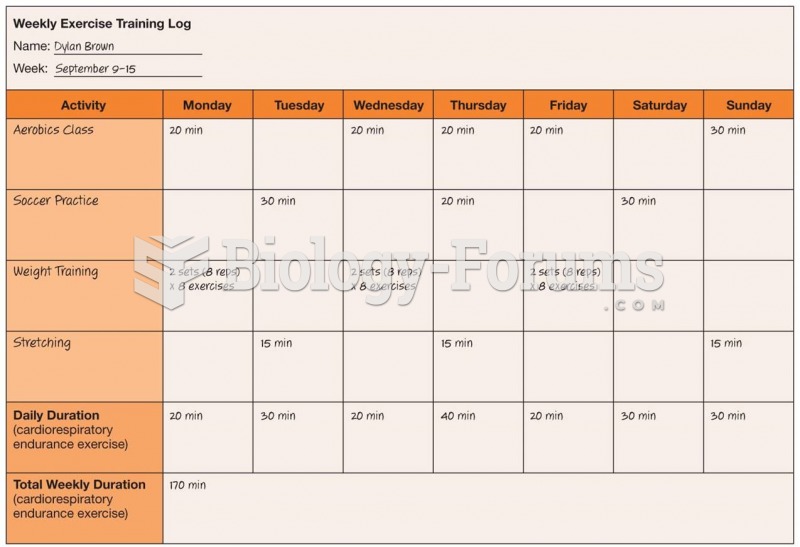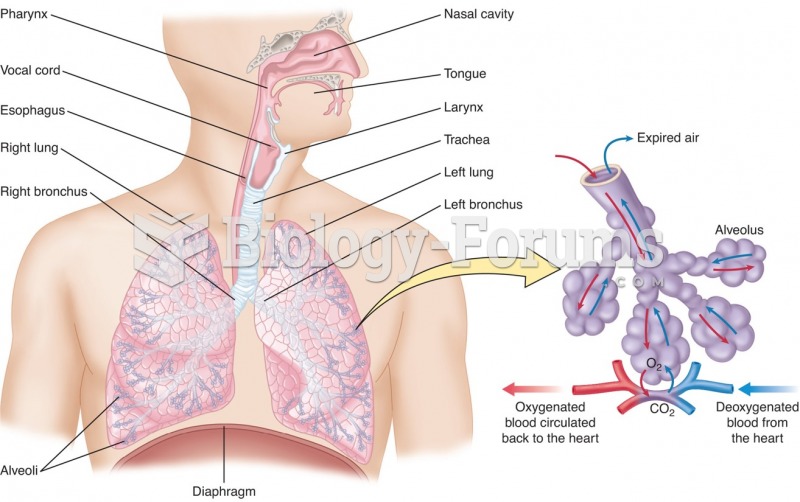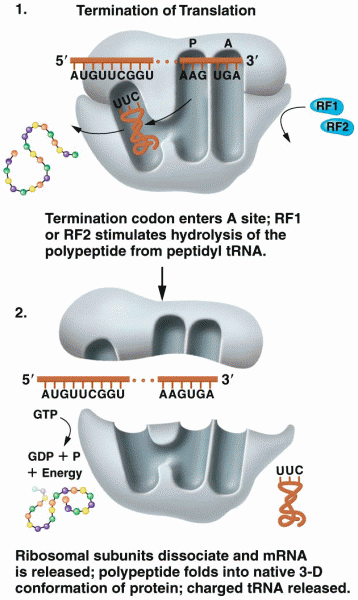Answer to Question 1
Answer: Training programs consist of four steps. In the first, needs analysis step, you identify the specific knowledge and skills the job requires, and compare these with the prospective trainees' knowledge and skills. In the second, instructional design step, you formulate specific, measurable knowledge and performance training objectives, review possible training program content (including workbooks, exercises, and activities), and estimate a budget for the training program. The third step is to implement the program, by actually training the targeted employee group using methods such as on-the-job or online training. Finally, in an evaluation step, you assess the program's success. There are five suggestions for making training material more meaningful for employees. First, an overall picture of the training material that will be presented should be provided at the start of training. Second, familiar examples should be used. Third, the information should be logically organized and presented. Fourth, the vocabulary used during training should be familiar to the trainees. Fifth, many visual aids should be used.
Answer to Question 2
Answer: Task analysis is a detailed study of the job to determine what specific skillslike Java (in the case of a Web developer) or interviewing (in the case of a supervisor)the job requires. Job descriptions and job specifications are important here. These list the job's specific duties and skills, which are the basic reference points in determining the training required. For under-performing current employees, you can't assume that training is the problem: Is it lack of training, or something else? Performance analysis is the process of verifying that there is a performance deficiency and determining whether the employer should correct such deficiencies through training or some other means (like transferring the employee). The first step in performance analysis is usually to compare the person's actual performance to what it should be. Doing so helps to confirm that there is a performance deficiency and may also help the manager to identify its cause.







